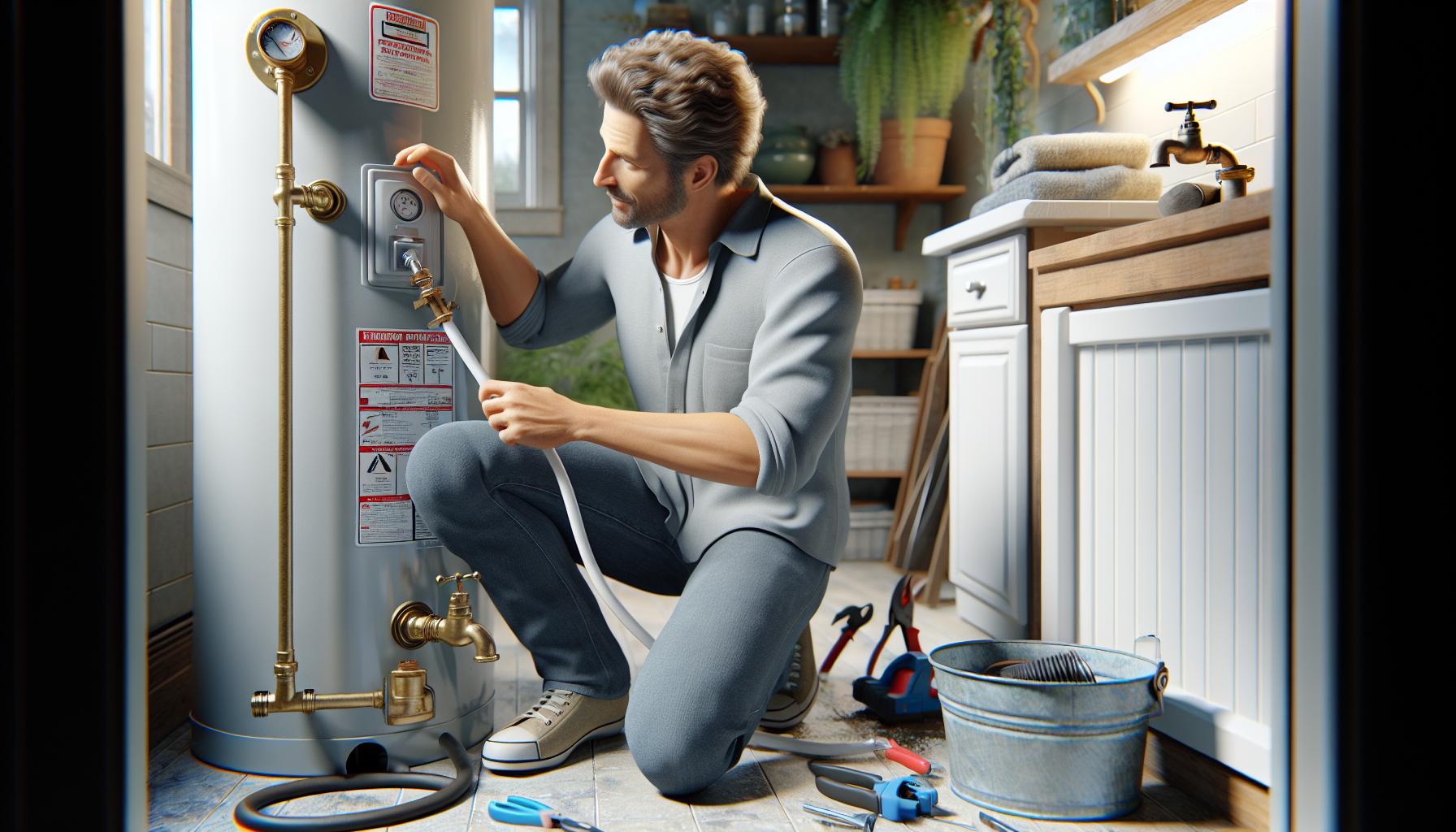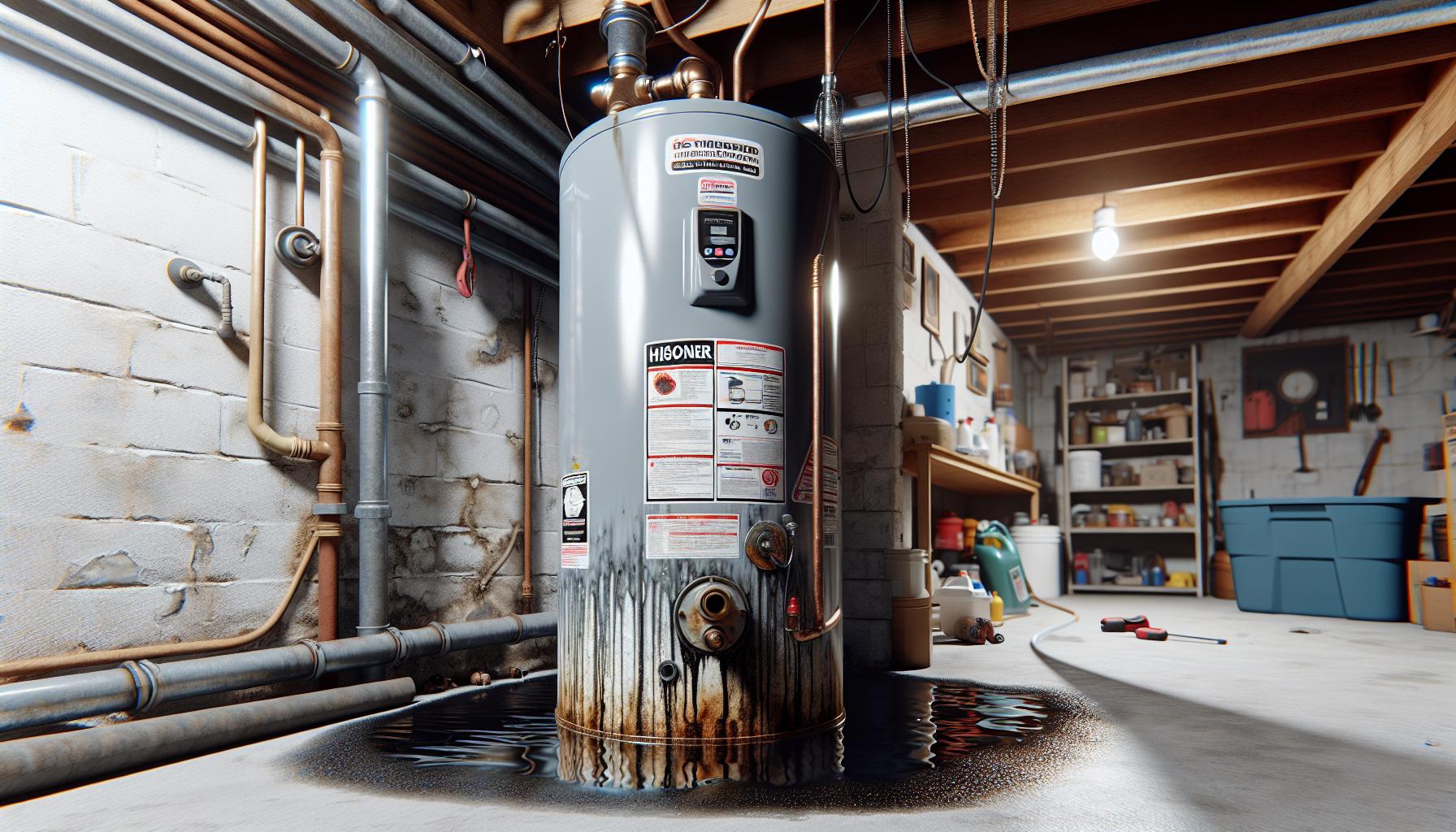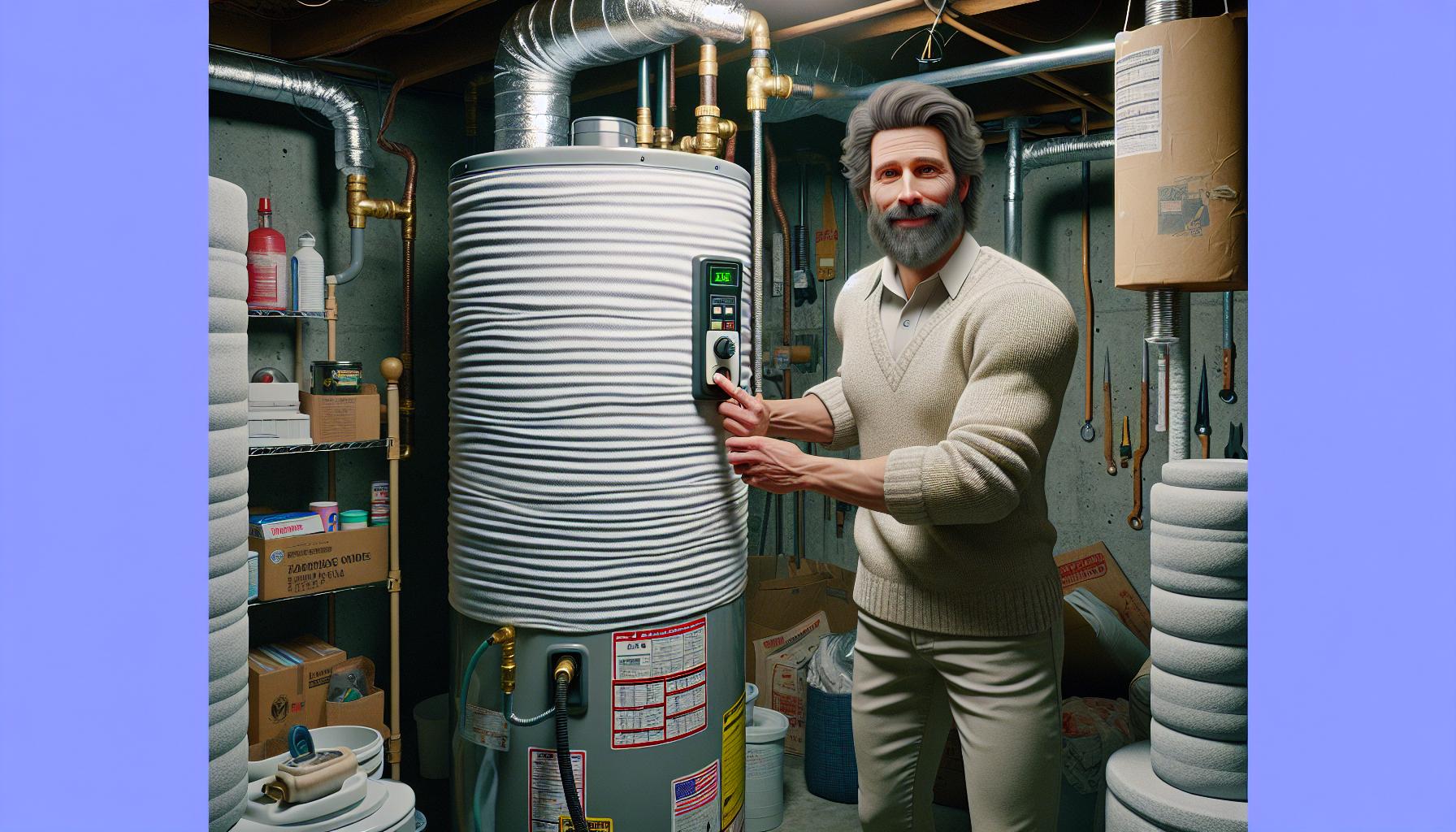As a homeowner who’s dealt with countless water heater issues I know firsthand how crucial regular maintenance is for these essential appliances. A well-maintained water heater doesn’t just provide reliable hot water – it saves money on energy bills and prevents costly emergency repairs.
I’ve learned that most water heater problems can be avoided with simple preventive care. Whether you have a traditional tank-style or tankless unit proper maintenance will extend its lifespan by years. After helping many friends troubleshoot their water heater problems I’m convinced that understanding basic maintenance isn’t just for professionals – it’s something every homeowner should know.
Key Takeaways
- Regular maintenance of your water heater is crucial for optimal performance, with key tasks including T&P valve testing every 6 months, annual tank flushing, and biennial anode rod checks
- Water heaters come in four main types (tank-style electric, tank-style gas, tankless electric, and tankless gas), each with different lifespans and efficiency ratings
- Setting your water heater temperature to 120°F (49°C) provides the best balance between safety and efficiency while reducing energy consumption
- Warning signs like rusty water, leaks, strange noises, or rotten egg smells require prompt attention to prevent major issues
- Proper safety measures, including using protective gear and following specific protocols for electric or gas units, are essential during maintenance
Understanding Your Home Water Heater
I’ve learned that knowing your water heater’s specifications enhances maintenance efficiency and extends its lifespan.
Types of Water Heaters
Modern residential water heaters come in 4 main categories:
- Tank-Style Electric: Features dual heating elements inside a 30-80 gallon insulated tank
- Tank-Style Gas: Uses a gas burner beneath a 30-80 gallon tank with a vertical flue
- Tankless Electric: Heats water on-demand through multiple high-powered heating elements
- Tankless Gas: Activates a gas burner when water flow is detected for instant heating
| Type | Average Lifespan | Energy Efficiency Rating |
|---|---|---|
| Tank-Style Electric | 10-15 years | 90-95% |
| Tank-Style Gas | 8-12 years | 60-65% |
| Tankless Electric | 20-25 years | 98-99% |
| Tankless Gas | 20+ years | 85-95% |
- Temperature Control
- Thermostat
- Control board
- Temperature sensor
- Safety Devices
- Pressure relief valve
- Thermal cutoff switch
- Overflow pipe
- Heating Elements
- Electric: Immersion elements
- Gas: Burner assembly
- Heat exchanger
- Water Management
- Dip tube
- Anode rod
- Drain valve
- Supply lines
Essential Maintenance Tasks

I perform three critical maintenance tasks on my water heater to ensure optimal performance and prevent costly failures. Each task focuses on a specific component that directly impacts the unit’s efficiency and longevity.
Temperature and Pressure Relief Valve Testing
I test the temperature and pressure (T&P) relief valve every 6 months by lifting the valve’s test lever for 5 seconds. A properly functioning valve releases hot water into the drain line when tested. If the valve fails to discharge water or continues to leak after releasing the lever, I replace it immediately to maintain the safety system’s integrity.
Flushing the Tank
I flush my water heater tank every 12 months to remove sediment buildup that reduces heating efficiency. Here’s my process:
- Turn off the power supply (electric) or set to pilot (gas)
- Connect a garden hose to the drain valve
- Open the drain valve to release water
- Run water for 3-5 minutes until it’s clear
- Close the drain valve tightly
- Restore power or temperature setting
Checking the Anode Rod
I inspect the sacrificial anode rod every 24 months by removing it from the tank’s top port. The rod requires replacement when:
- More than 6 inches of core wire is visible
- The rod diameter shrinks below 3/8 inch
- Calcium coating covers more than 50% of the surface
- Segments break apart or separate
| Task | Frequency | Time Required |
|---|---|---|
| T&P Valve Test | 6 months | 5-10 minutes |
| Tank Flush | 12 months | 30-45 minutes |
| Anode Check | 24 months | 20-30 minutes |
Signs Your Water Heater Needs Attention

Based on my extensive experience with water heater maintenance, I’ve identified several key indicators that signal potential issues. These warning signs help me determine whether a problem requires immediate professional attention or simple maintenance fixes.
Common Warning Signs
- Produce rusty or discolored water from hot water taps
- Create unusual noises like popping crackling or rumbling sounds
- Leak water around the tank base or connections
- Deliver inconsistent water temperatures
- Take longer than 30-45 minutes to reheat water
- Display visible rust spots on the tank exterior
- Emit a rotten egg smell from hot water
- Show increased energy bills without usage changes
- Electrical issues (exposed wires burning smells circuit breaker trips)
- Gas leaks indicated by sulfur or rotten egg smells near gas lines
- Tank ruptures or significant water leaks
- Failed heating elements in electric models
- Faulty thermostats or temperature controls
- Pressure relief valve malfunctions
- Complex anode rod replacements
- Pilot light issues in gas models that won’t relight
- Age-related problems in units over 10 years old
- Sediment buildup that DIY flushing can’t resolve
| Warning Sign | Time to Act | Risk Level |
|---|---|---|
| Rusty Water | Within 1 week | Moderate |
| Water Leaks | Immediate | High |
| No Hot Water | Within 24 hours | High |
| Strange Noises | Within 2 weeks | Moderate |
| Rotten Egg Smell | Immediate | Critical |
Extending Your Water Heater’s Lifespan

My ongoing water heater maintenance practices focus on extending the unit’s operational life through targeted adjustments. These strategies complement the basic maintenance tasks while maximizing efficiency.
Proper Temperature Settings
I keep my water heater temperature at 120°F (49°C) to balance safety and efficiency. This optimal temperature setting prevents scalding risks reduces mineral buildup prevents bacterial growth in the tank. For every 10°F reduction in temperature below 140°F, I see a 3-5% decrease in energy consumption based on Department of Energy data.
| Temperature Setting | Energy Savings | Risk Level |
|---|---|---|
| 120°F (49°C) | Baseline | Optimal |
| 130°F (54°C) | -3-5% | Moderate |
| 140°F (60°C) | -6-10% | High |
Insulation Benefits
I’ve installed an insulation blanket on my water heater tank to reduce heat loss by 25-45%. The R-value of 11 or higher provides optimal insulation for storage tank water heaters manufactured before 2004. My additional pipe insulation extends 3 feet from the heater reduces standby heat losses by 2-4 degrees.
| Insulation Type | Heat Loss Reduction | Cost Savings/Year |
|---|---|---|
| Tank Blanket | 25-45% | $20-$45 |
| Pipe Insulation | 2-4°F | $7-$14 |
| Both Combined | 27-49% | $27-$59 |
Safety Considerations During Maintenance
I prioritize safety measures during water heater maintenance to prevent burns injuries electrical shocks or gas-related hazards. My experience has taught me that following specific safety protocols protects both the equipment and the person performing maintenance.
Working With Hot Water
I turn off the water heater and wait 2-3 hours before starting any maintenance to allow the water to cool completely. My safety checklist includes:
- Wearing heat-resistant gloves rated for temperatures up to 180°F
- Using protective eyewear to guard against hot water splashes
- Testing water temperature with a thermometer before contact
- Opening hot water taps to release pressure
- Placing warning signs near work areas to alert family members
Electrical and Gas Safety
I follow distinct safety protocols based on my water heater type – electric or gas. Here are my essential safety practices:
For Electric Water Heaters:
- Switching off power at the circuit breaker
- Testing wires with a voltage meter before touching
- Using insulated tools for electrical components
- Keeping the work area dry and free from standing water
- Inspecting wire connections for signs of corrosion or damage
- Turning the gas valve to the pilot position
- Opening windows for proper ventilation
- Using a gas leak detector around connections
- Checking pilot light color (blue indicates proper combustion)
- Keeping flammable materials at least 2 feet away from the unit
| Safety Equipment | Purpose | Replacement Interval |
|---|---|---|
| Heat-resistant gloves | Prevent burns | Every 12 months |
| Voltage meter | Electrical safety | Battery check monthly |
| Gas leak detector | Gas safety | Every 24 months |
| Safety goggles | Eye protection | When damaged |
Conclusion
Regular water heater maintenance isn’t just about avoiding cold showers – it’s an investment in my home’s efficiency and safety. I’ve learned that combining routine checks with proper safety measures helps me save money and prevent unexpected breakdowns. Through consistent maintenance I’ve extended my water heater’s life while keeping my energy bills in check.
I encourage every homeowner to take an active role in their water heater’s upkeep. Whether you’re dealing with a traditional tank or a modern tankless unit the basics remain the same. By following proper maintenance procedures and staying alert to warning signs you’ll ensure reliable hot water for years to come.

